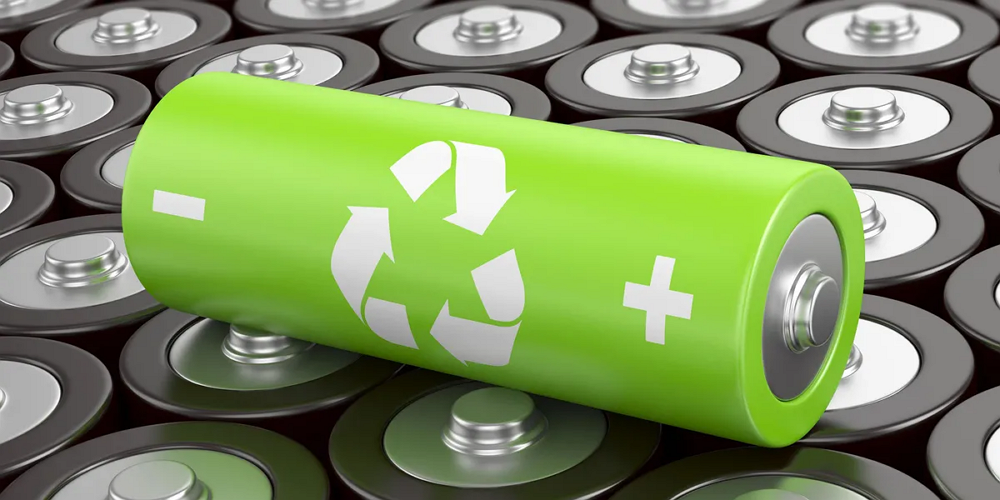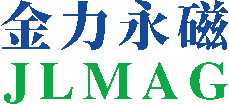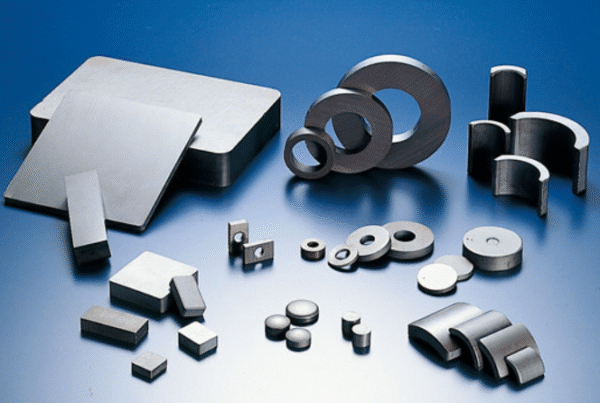In today’s era of rapid technological development, rare earth elements are almost everywhere – mobile phones, electric cars, batteries, wind turbines… Many high-tech products rely on these precious resources. However, the mining and refining of rare earths is not only costly, but also has an impact on the environment. Therefore, how to reduce the consumption of rare earth resources while ensuring industrial development has become an important issue for sustainable development.
In fact, rare earth permanent magnet materials are still one of the core components of many high-tech products and cannot be completely replaced at present. The global demand for rare earths still exists, but based on the goal of sustainable development, we can work in two directions: one is to reduce the use of medium and heavy rare earths to reduce the environmental pollution caused by rare earth mining; the other is to expand the recycling and reuse industry chain and increase the recycling rate of rare earths.
So, where can we start?
1.Improve The Recycling Rate Of Rare Earths
Electronic waste is a potential “rare earth mine”. For example, discarded electronic products, motors, wind power generation equipment, etc. all contain rare earth elements. If these products are discarded at will, it will cause a waste of resources. By establishing a complete recycling industry chain, extracting and recycling rare earths from waste products, the demand for newly mined rare earths can be effectively reduced, while reducing resource waste and environmental pollution.
2. Reduce The Use Of Medium And Heavy Rare Earths
Rare earths can be divided into light rare earths and medium and heavy rare earths, among which medium and heavy rare earths are more scarce, difficult to mine, and have a more significant impact on the environment. Therefore, the industry is exploring ways to reduce dependence on medium and heavy rare earths by optimizing material ratios and improving production processes. For example, measures such as adjusting the formula of permanent magnet materials and optimizing magnet structures can reduce the use of medium and heavy rare earths while ensuring performance, thereby reducing environmental impact.
3.Optimize Product Design
In addition to reducing the use of medium and heavy rare earths and improving the recycling rate, optimizing product design is also an important direction. By improving the structural design of permanent magnet motors, the use of rare earth materials can be reduced without affecting performance. At the same time, in some application scenarios, combined with software algorithm optimization and control system adjustment, the dependence on high-performance magnetic materials can also be reduced.
4.Develop a Circular Economy
The core concept of the circular economy is “resource reuse.” If the feasibility of recycling and remanufacturing is taken into account at the beginning of product design, resource waste can be better reduced. For example, some companies have begun to promote recyclable power battery technology, so that the battery can continue to power the energy storage system after the end of its service life. In addition, the disassembly and recycling technology of magnetic materials is also being optimized, so that rare earth resources can be reused more efficiently.

5.Promote Policies And International Cooperation
Reducing the consumption of rare earth resources is not only the responsibility of enterprises, but also requires policy guidance and support from international cooperation. Governments of various countries are formulating corresponding policies, such as encouraging enterprises to develop environmentally friendly materials, supporting the construction of recycling systems, and optimizing supply chains. In addition, international cooperation helps to achieve the sharing and complementarity of rare earth resources, reduce supply chain risks, and promote the healthy and sustainable development of the industry.
In summary, we can know that reducing dependence on rare earth resources does not mean getting rid of rare earths completely, but optimizing the use of rare earths under the concept of sustainable development. Each of the above aspects is crucial, prompting production factories to achieve sustainable use of resources while ensuring industrial development. In the future, we can believe that with the development of technology and the strengthening of global cooperation, permanent magnet manufacturers will be more environmentally friendly and efficient in the use of rare earth resources, allowing technological innovation and ecological protection to develop in parallel!





